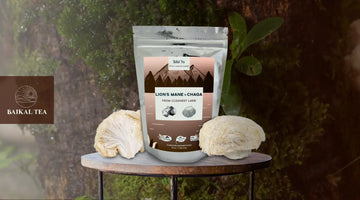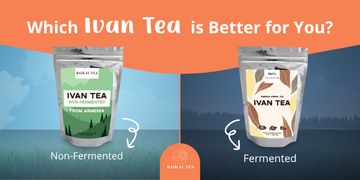The Main Cause of Heart Attacks and Strokes, (with Dr. Elie Klein, ND)
(Editorial in progress)
Baikal Tea in collaboration with Dr. Elie Klein, ND (Naturopathic Doctor, Toronto Canada).
Dr. Elie Klein, ND, had been helping people use less medication and cure causes of disease, for over 20 years. He is sharing ground-breaking concepts of health, we've never heard before, explaining them scientifically.
Are Heart Problems Preventable?
Heart attacks and strokes are the most common killer in the US today. And it’s still on the rise, despite the fact that people are trying to take care of themselves thanks to trends towards healthier lifestyles.
Very few of my patients who I’ve been seeing over the years actually smoked. And many of them try to follow a healthy diet, avoid saturated fats and sugar and salt, and try to listen to the media and popular belief out there. Yet many of them take more and more medications and they’re not getting any better. And these charts speak to that:

Cardiovascular disease or mortality (left graph) from cardiovascular disease was very low back in the 1900s. And it had gone up steadily until it reached its peak in the 80’s and 90’s
Then, with better emergency care measures, getting a person to the hospital faster and so on, mortality has started going down. But the overall incidence of cardiovascular disease (right graph), and this graph starts in 1997, has continued rising.
So, more incidents with less mortality. And that makes you wonder, again, it’s a preventable disease. It should also make you wonder - if we're eating healthier, why do we have more heart-related issues each year?
Reasons For High Blood Pressure
A most common heart related risk factor is high blood pressure, so I want to talk about different reasons for high blood pressure.
One of the main ones is narrowing and hardening of the arteries. You can see below a cross section of a healthy artery. And over time it becomes Arteriosclerotic.
Arteriosclerosis is developed, that’s thickening of the artery wall. And that can in turn into Atherosclerosis, which is a deposition of fatty materials and plaque build-up.

It’s actually more of a scar that ends up with with lipid (fat) deposits. These scarring and deposits narrows the artery causing the same amount of blood to pump through a narrower artery, creating higher blood pressure.
Plaque Build Up In The Arteries
Let's now understand what might be the underlying causes of plaque buildup.
I want to show you an analogy. This scab on the skin is a result of damage or injury to the skin, through a scrape or a cut. And the body strives to heal that and replace the damaged tissue with new tissue. And while it does that, a scab is formed on top to protect the area. So the area thickens, much like what happens here in arteriosclerosis.
And if it’s really bad, then, you see these yellow streaks? Then you can also have fatty deposits in there. So these two processes are very similar.

Now, what happens when the skin heals, the scab over time, gradually sloughs off. Ideally the same thing should happen in the arteries. And it doesn’t happen, because the injury to the skin is occasional. Every now and then.
Well, you need enough resources within you to heal this. You need to have enough of the building blocks to lay down new tissue. You need to have enough energy for the body to be able to perform that job. Your cells need to have enough energy to do that.
But, when it comes to the types of things that injure the arteries, very often, they’re based on diet and lifestyle. And that damage is recurrent. It happens every day. And the frequency and extent of injury can overwhelm the body’s resources, and ability to heal.
Conceptually, causes of a heart attack or a stroke can be summarized as follows. “Something” causes injury to the artery that results in plaque buildup. This damage is constant and if we don’t have enough resources to constantly heal it, the injury remains and worsens over time.
So, what is that “something”? What is the nature of the injury first? The nature of the injury is chemical, it’s excessive oxidation.
How Do Cholesterol and Blood Pressure Relate?
Cholesterol doesn’t just stick to the arteries on its own. But it can become damaged, it can become oxidized. When it becomes damaged there is only oxidized cholesterol and plaque, which now CAN STICK to arteries.
Oxidation causes damage to the artery wall, in addition to cholesterol.
So while a healthy cholesterol doesn’t stick to the arteries on its own, the oxidized cholesterol more likely to stick to the damaged artery wall, creating that "scar" and plaque build up.
So this chemical damage from oxidation happens first, then the arteries start narrowing, creating a higher blood pressure. Our hearts work harder, increasing risks of all sorts of heart issues.
We all need enough resources within us to heal. We need to protect from oxidation and free radicals every day.
Blood pressure may also rise as a way to try to deliver food to tired or insulin resistance cells and we're going to discuss that in another article.






